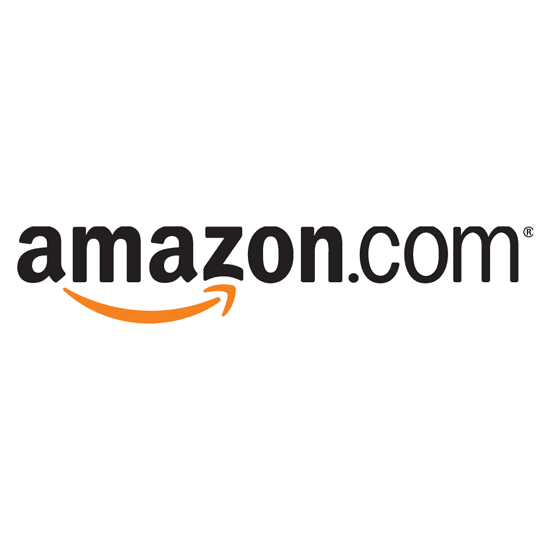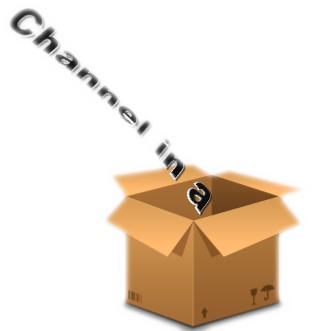First of all apologies for the delay in posting another topic on this blog. I have been somewhat engaged on other items.
I will publish another post in the week covering the topic of OTT or Over The Top delivery. A very interesting subject indeed, one that needs to be be discussed as many broadcasters are suffering the dilemmas and issues of how to cover OTT.
In the meantime, some of you may know that I am a network guy. Recently i was asked to explain IPV6. Now I have been exposed to IPV6 in small amounts due to network labs and trials etc. But we have all been slightly protected from having to configure and use IPV6 in anger. Good old IPV4 still works in most networks found on premises.
So here goes :) Before we do i can recommend that you download the BitCricket Sub net IPV4 / IPV6 calculator and or another. Very useful. Sub Net Calc
Increasing the IP address pool was one of the major forces behind developing IPv6. It uses a 128-bit address, meaning that we have a maximum of 2¹²⁸ addresses available, or 340,282,366,920,938,463,463,374,607,431,768,211,456, or enough to give multiple IP addresses to every grain of sand on the planet. So our friendly old 32-bit IPv4 dotted-quads don't do the job anymore; these newfangled IPs require eight 16-bit hexadecimal colon-delimited blocks. So not only are they longer, they use numbers and letters. At first glance, those mondo IPv6 addresses look like impenetrable secret code:
2001:0db8:3c4d:0015:0000:0000:abcd:ef12
Under IPv4 we have the old familiar unicast, broadcast and multicast addresses. In IPv6 we have unicast, multicast and anycast. With IPv6 the broadcast addresses are not used anymore, because they are replaced with multicast addressing.
I will publish another post in the week covering the topic of OTT or Over The Top delivery. A very interesting subject indeed, one that needs to be be discussed as many broadcasters are suffering the dilemmas and issues of how to cover OTT.
In the meantime, some of you may know that I am a network guy. Recently i was asked to explain IPV6. Now I have been exposed to IPV6 in small amounts due to network labs and trials etc. But we have all been slightly protected from having to configure and use IPV6 in anger. Good old IPV4 still works in most networks found on premises.
So here goes :) Before we do i can recommend that you download the BitCricket Sub net IPV4 / IPV6 calculator and or another. Very useful. Sub Net Calc
Increasing the IP address pool was one of the major forces behind developing IPv6. It uses a 128-bit address, meaning that we have a maximum of 2¹²⁸ addresses available, or 340,282,366,920,938,463,463,374,607,431,768,211,456, or enough to give multiple IP addresses to every grain of sand on the planet. So our friendly old 32-bit IPv4 dotted-quads don't do the job anymore; these newfangled IPs require eight 16-bit hexadecimal colon-delimited blocks. So not only are they longer, they use numbers and letters. At first glance, those mondo IPv6 addresses look like impenetrable secret code:
2001:0db8:3c4d:0015:0000:0000:abcd:ef12
Under IPv4 we have the old familiar unicast, broadcast and multicast addresses. In IPv6 we have unicast, multicast and anycast. With IPv6 the broadcast addresses are not used anymore, because they are replaced with multicast addressing.
IPv6 Unicast
This is similar to the unicast address in IPv4 – a single address identifying a single interface. There are four types of unicast addresses:
- Global unicast addresses, which are conventional, publicly routable address, just like conventional IPv4 publicly routable addresses.
- Link-local addresses are akin to the private, non-routable addresses in IPv4 (10.0.0.0/8, 172.16.0.0/12, 192.168.0.0/16). They are not meant to be routed, but confined to a single network segment. Link-local addresses mean you can easily throw together a temporary LAN, such as for conferences or meetings, or set up a permanent small LAN the easy way.
- Unique local addresses are also meant for private addressing, with the addition of being unique, so that joining two subnets does not cause address collisions.
- Special addresses are loopback addresses, IPv4-address mapped spaces, and 6-to-4 addresses for crossing from an IPv4 network to an IPv6 network.
Multicast
Multicast in IPv6 is similar to the old IPv4 broadcast address a packet sent to a multicast address is delivered to every interface in a group. The IPv6 difference is it's targeted instead of annoying every single host on the segment with broadcast blather, only hosts who are members of the multicast group receive the multicast packets. IPv6 multicast is routable, and routers will not forward multicast packets unless there are members of the multicast groups to forward the packets to. Anyone who has ever suffered from broadcast storms will appreciate this mightily.
Anycast
An anycast address is a single address assigned to multiple nodes. A packet sent to an anycast address is then delivered to the first available node. This is a slick way to provide both load-balancing and automatic failover. The idea of anycast has been around for a long time; it was proposed for inclusion in IPv4 but it never happened.
Several of the DNS root servers use a router-based anycast implementation, which is really a shared unicast addressing scheme. (While there are only thirteen authoritative root server names, the total number of actual servers is considerably larger, and they are spread all over the globe.) The same IP address is assigned to multiple interfaces, and then multiple routing tables entries are needed to move everything along.
IPv6 anycast addresses contain fields that identify them as anycast, so all you need to do is configure your network interfaces appropriately. The IPv6 protocol itself takes care of getting the packets to their final destinations. It's a lot simpler to administer than shared unicast addressing.
Address Dissection
2001:0db8:3c4d:0015:0000:0000:abcd:ef12
__________|____|___________________
global prefix subnet Interface ID
The prefix identifies it as a global unicast address. It has three parts: the network identifier, the subnet, and the interface identifier.
The global routing prefix comes from a pool assigned to you, either by direct assignment from a Regional Internet Registry like APNIC, ARIN, or RIPE NCC, or more likely from your Internet service provider. The subnet and interface IDs are controlled by you, the hardworking local network administrator. :)
You'll probably be running mixed IPv6/IPv4 networks for some time. IPv6 addresses must total 128 bits. IPv4 addresses are represented like this:
0000:0000:0000:0000:0000:0000:192.168.1.25
Eight blocks of 16 bits each are required in an IPv6 address. The IPv4 address occupies 32 bits, so that is why there are only seven colon-delimited blocks.
The localhost address is 0000:0000:0000:0000:0000:0000:0000:0001.
Naturally we want shortcuts, because these are long and all those zeroes are just dumb-looking. Leading zeroes can be omitted, and contiguous blocks of zeroes can be omitted entirely, so we end up with these:
2001:0db8:3c4d:0015:0:0:abcd:ef12
2001:0db8:3c4d:0015::abcd:ef12
::192.168.1.25
::1
An ipv6calc is invaluable for checking your work. Suppose you're not sure if your compressed notation is correct. ipv6calc displays the uncompressed notation:



























